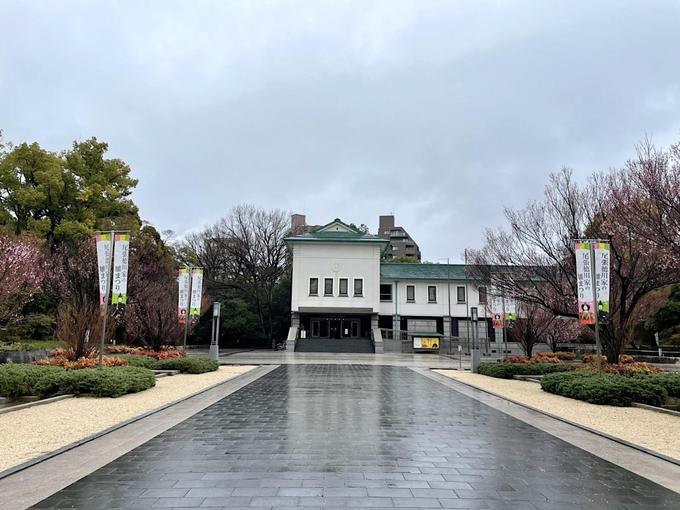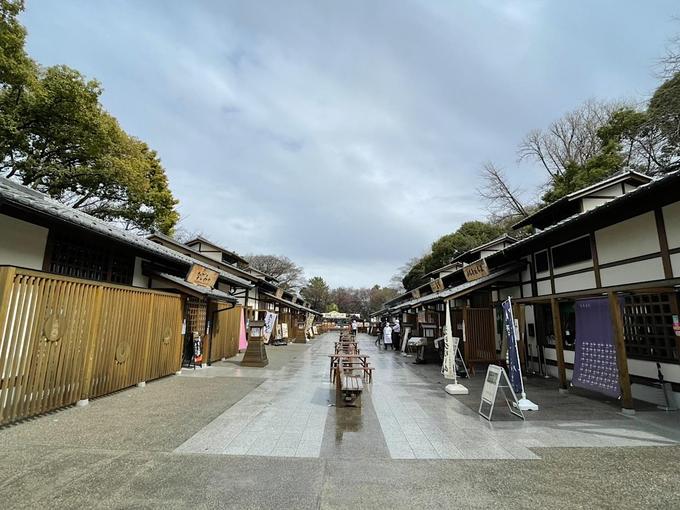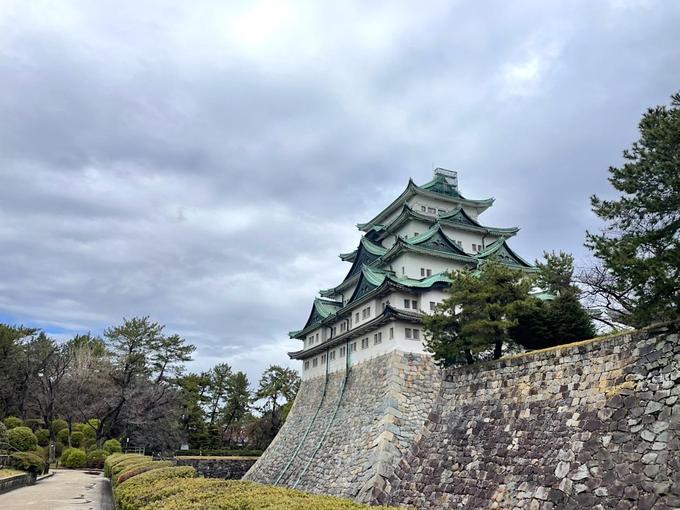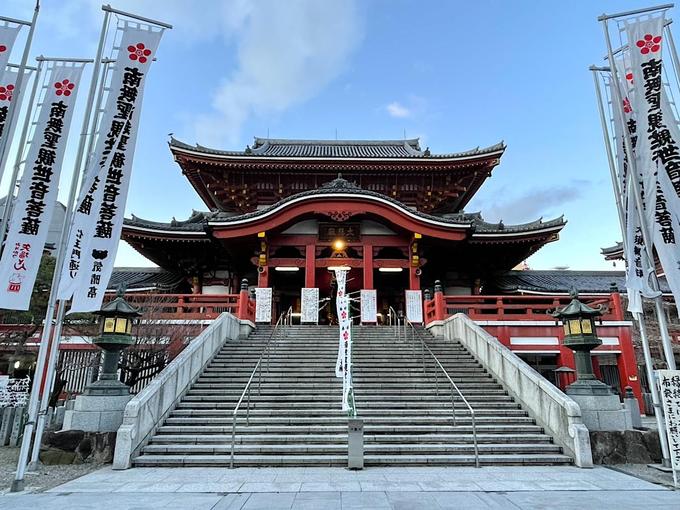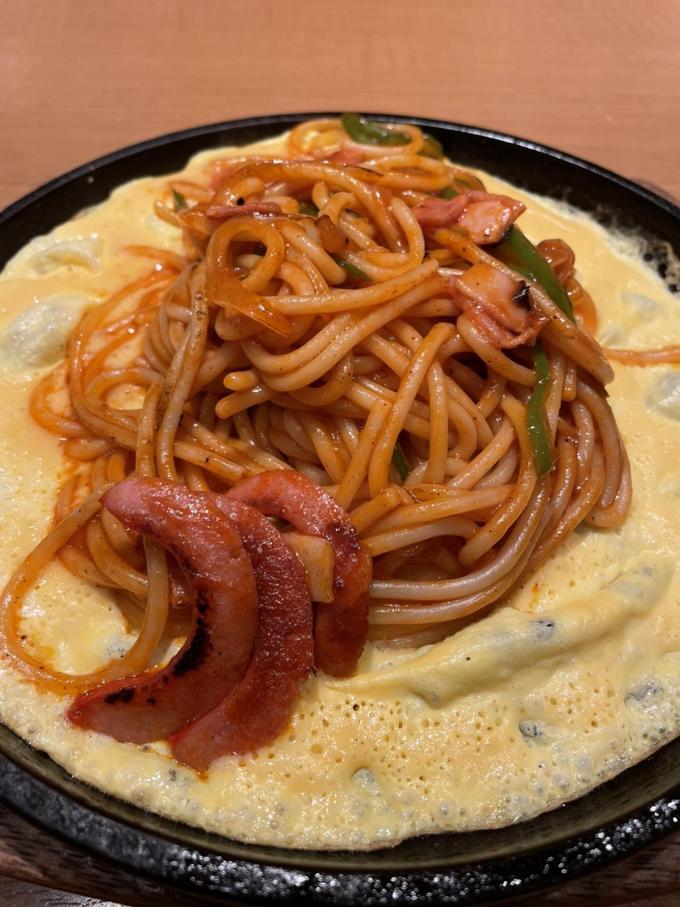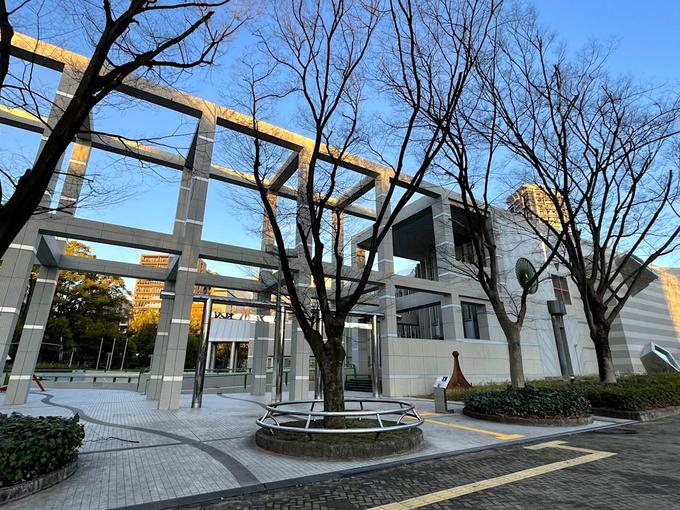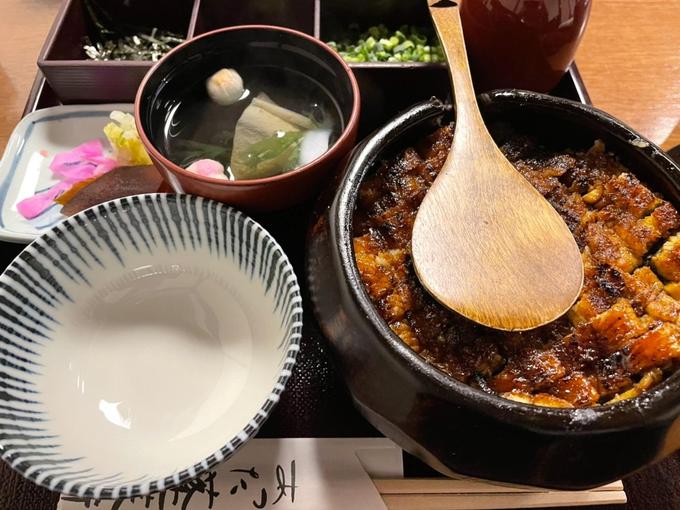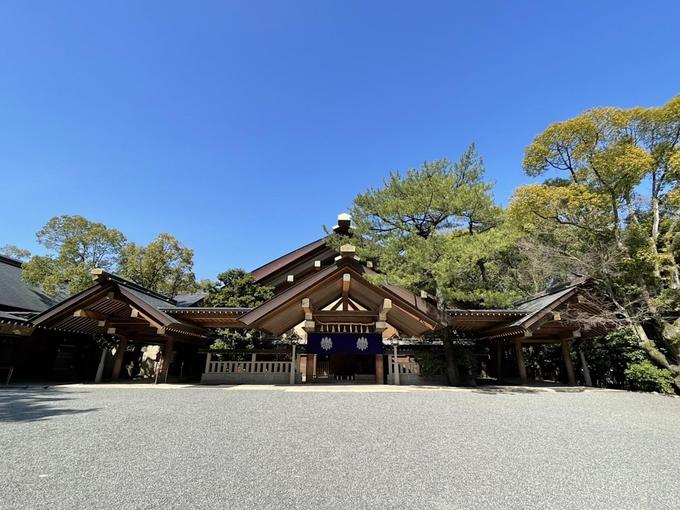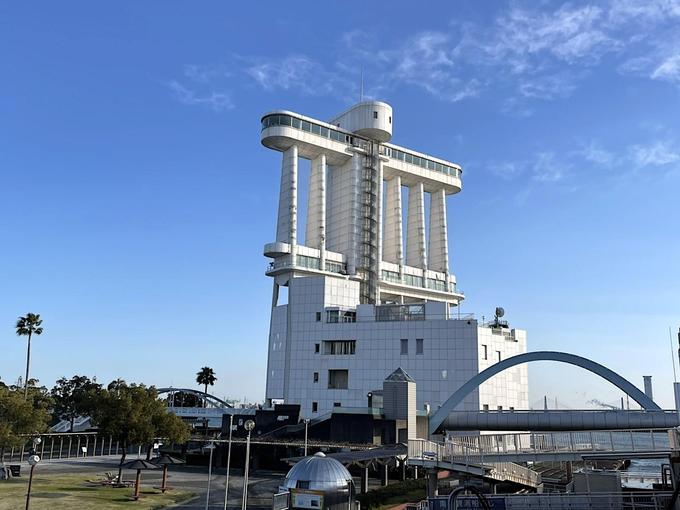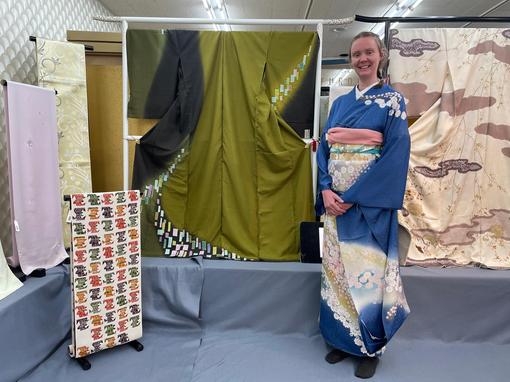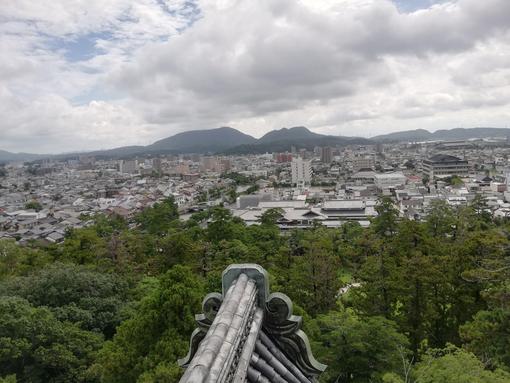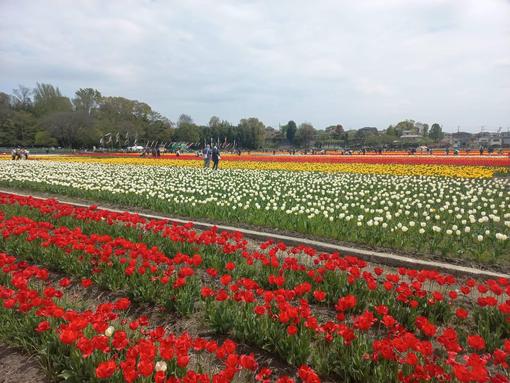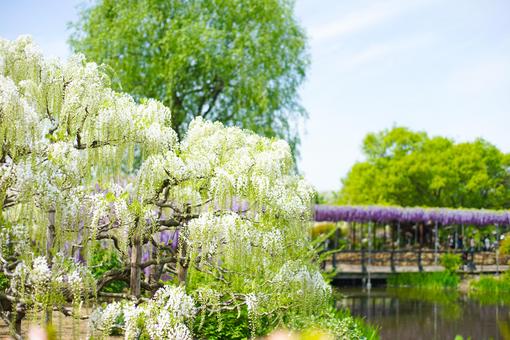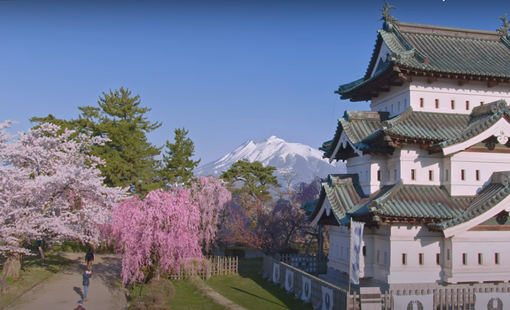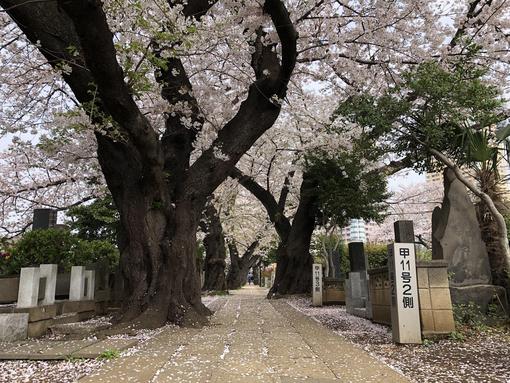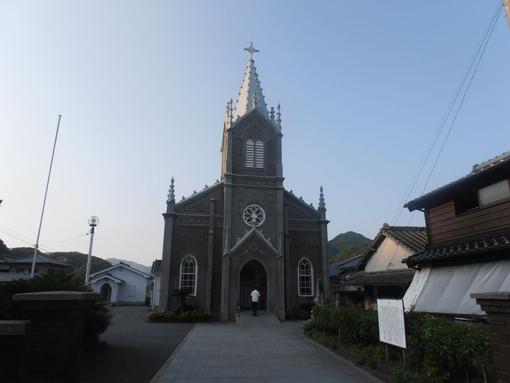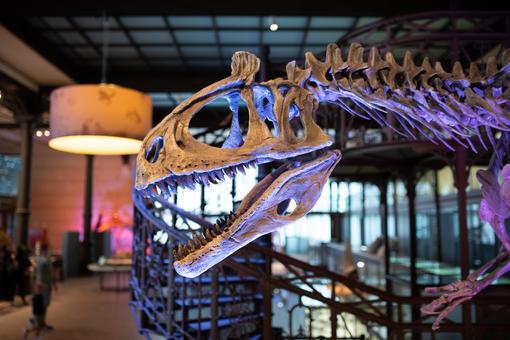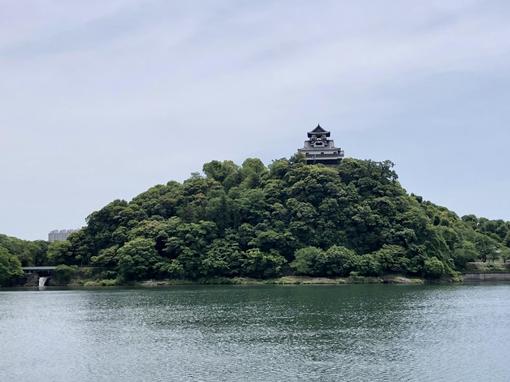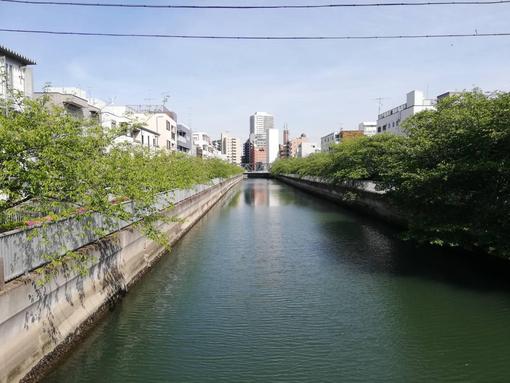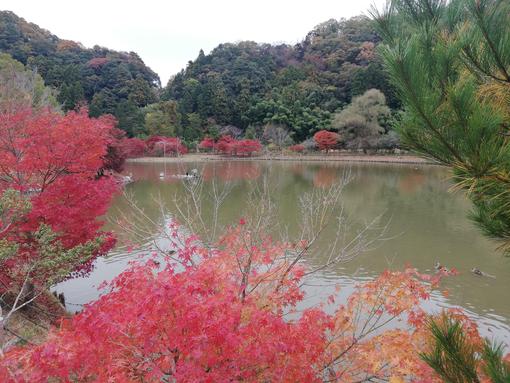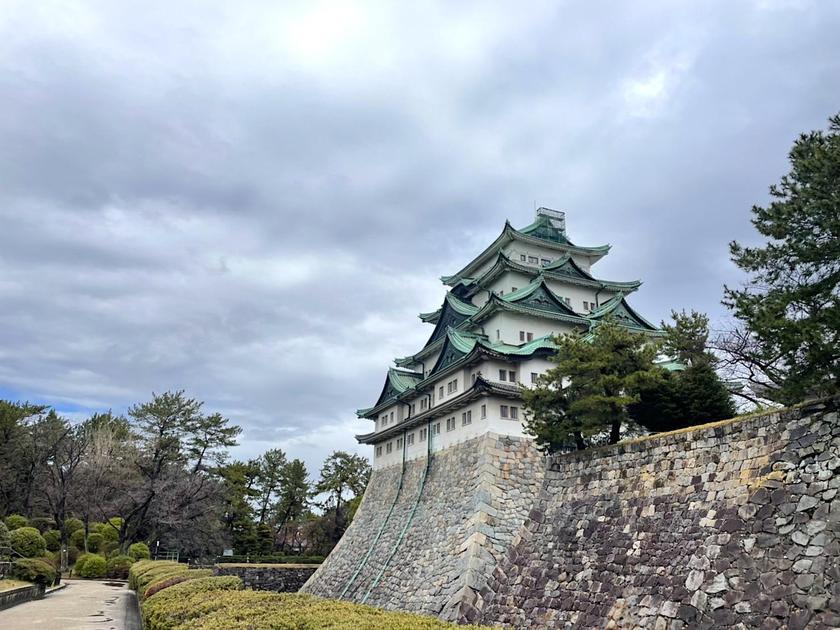
A Weekend Trip to Nagoya
One of our staff members, Chiharu, recently took a weekend trip to Nagoya. She has shared her trip itinerary in order to give people travelling to Nagoya some ideas.
Nagoya is the birthplace of many famous warriors, including the three great heroes of war, Nobunaga Oda, Hideyoshi Toyotomi, and Ieyasu Tokugawa. The city has good access to various areas and is a convenient base for visiting popular spots such as Shirakawa-go and Ise Jingu. In this article, I will guide you through my Nagoya itinerary using public transportation for two days and one night.
Day 1
① The Tokugawa Art Museum & Tokugawaen (10:10 - 12:00)
The museum has a collection of more than 10,000 daimyo tools and arts and crafts handed down to the Owari Tokugawa family. Armor, kimonos, national treasure swords and furnishings are also on display, giving the museum a sense of history. The neighboring Tokugawaen is an elegant Japanese garden where you can spend a relaxing time. It is so beautiful that weddings are often held there.
Access: Meguru Nagoya Sightseeing Route Bus from Nagoya station (37 minutes, 210 yen) (Google Maps)
② Kinshachi Yokocho (12:40 - 13:20)
This is a side street lined with classic or long-established Nagoyameshi (Nagoya-style dishes) restaurants. Miso nikomi udon is one of the Nagoyameshi and my personal recommendation.
Access: Meguru Nagoya Sightseeing Route Bus (23 minutes, 210 yen). (Google Maps)
③ Nagoya Castle (13:20 - 14:30)
The castle was built by Ieyasu Tokugawa in 1615 and is famous for its golden shachihoko (creature with a tiger head and fish body which adorns important buildings).
After years of construction, the Nagoya Castle Honmaru Goten was restored in 2018. Currently, the castle tower cannot be entered due to earthquake resistance issues, but the outer facade alone is worth a visit. The fusuma paintings by the Kano School have been recreated in their original form, and the lavish decorations are overwhelming.
Access: Next to ② (same location)
~Hotel Check-in & Break time~
④ Osu Kannon & Osu Shopping Street (17:00 - 18:00)
Osu Kannon, a Buddhist temple, is a sacred historical site and has been called "Kannon-san" by the locals since the Edo period. The shopping street is lined with pop stores popular among young people, craft stores, and fashion stores, and subcultures can also be enjoyed.
Access: Subway from Nagoya Station (transfer at Fushimi (7 minutes, 210 yen). (Google Maps)
⑤ Spaghetti house Ciao - JR Gate Tower (18:00 - 19:00)
Dinner was spaghetti with rich sauce and Teppan Italian. Both are part of Nagoyameshi restaurant area. Ankake Spa features an original sauce that differs from restaurant to restaurant. Teppan Italian is eggs and Neapolitan pasta on a teppan. Both of these are Nagoya's B-grade gourmet foods born in the 1960s.
Access: Directly connected to Nagoya Station.
Day 2
⑥ Nagoya City Art Museum (10:00 - 11:20)
This is an elaborately designed art museum located in a corner of Shirakawa Park in central Nagoya. It was designed by Kisho Kurokawa, an architect from Nagoya, and incorporates traditional Japanese techniques and colors throughout. The main theme of the building is the symbiosis of Western and Japanese cultures, or history and the future.
Access: Walk 10 minutes from Fushimi Station/Osu-kannon Station/Yabacho station. (Google Maps)
⑦ Atsuuta Houraiken Honten (12:00 - 13:00)
Hitsumabushi is one of the most popular dishes served at Nagoyameshi. Finely chopped unagi (eel) is served on top of rice. You can enjoy it in a variety of ways: first as it is, then with condiments, and then as ochazuke with broth.
Access: Subway from Yabacho Station (12 minutes, 270 yen) or walk 6 mins from Demmacho Station. (Google Maps)
⑧ Atsuta Shrine (13:10 - 14:00)
This shrine is said to have been founded 1900 years ago and has been worshipped since ancient times. The shrine enshrines Kusanagi-no-mitsurugi (sword), one of the Three Sacred Treasures (Mirror, Sword and Jewels) related to the Japanese Emperors.
Access: Walk 6 minutes from ⑦. (Google Maps)
⑨ Garden Pier in Port of Nagoya (14:45 - 16:00)
This is a fun port for everyone, with an aquarium, observation deck, and marine museum. One of the most prominent ships is the Antarctic research vessel Fuji. Japan's first full-scale icebreaker, Fuji, is on display in its entirety, and visitors can learn about the achievements and history of Antarctic observation.
Access: Subway from Jingu-nishi Station (transfer at Kanayama Station) (27 minutes, 270 yen) or walk 5 minutes from Nagoya-kou Station. (Google Maps)












